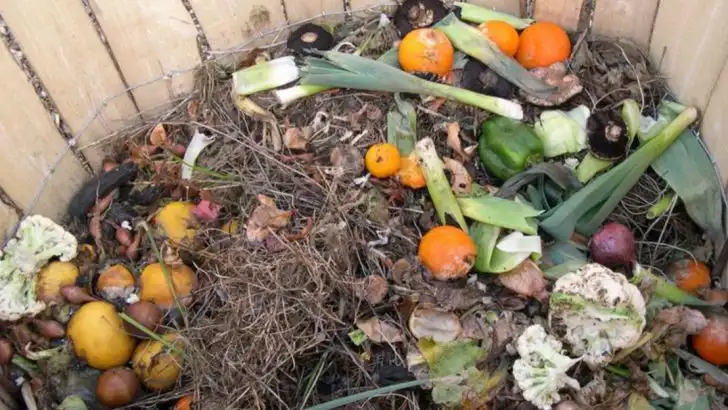Many people are eager to make their gardens more environmentally friendly, but the idea of going full homestead with large-scale composting, livestock, or completely off-grid gardening can feel overwhelming. The good news is, you don’t need to take on the full commitment of a self-sustaining farm to create a positive environmental impact with your garden. By making small, intentional changes, you can incorporate eco-friendly practices that are both sustainable and low-maintenance, without sacrificing the joy of gardening.
From choosing native plants and reducing water consumption to using organic fertilizers and minimizing plastic waste, there are countless simple ways to make your garden greener. These changes don’t require a major overhaul of your lifestyle—just a few mindful tweaks to how you garden. Whether you’re growing your own herbs, planting a pollinator garden, or making your own eco-friendly compost, these 17 practices can help you make a difference while still enjoying the beauty of your outdoor space.
Compost Your Kitchen Waste
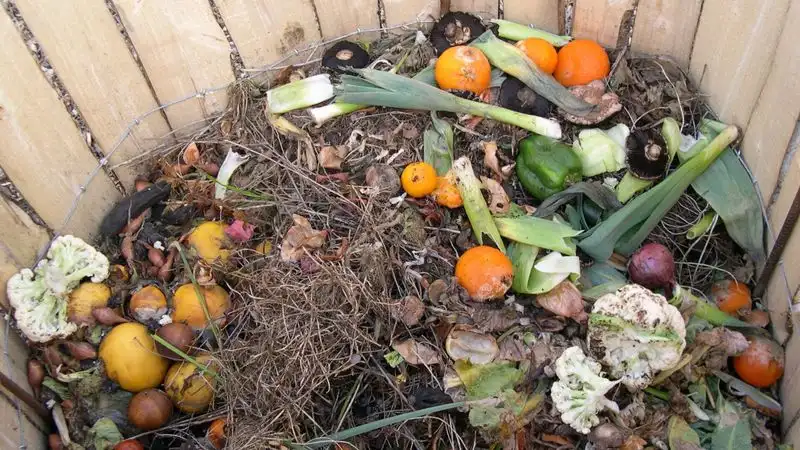
Turn kitchen scraps into nutrient-rich compost. Instead of tossing peels and leftovers, use them to enrich your soil. Create a bin or a pile in your garden, and let nature take its course. Microorganisms will break down organic matter, turning waste into valuable compost. This simple practice nourishes plants and reduces landfill waste. Whether you have a sprawling yard or a small patio, composting is adaptable. Adjust your composting method to suit your space and lifestyle. It’s a small effort with substantial benefits. Composting is as much about revitalizing your garden as it is about minimizing waste.
Harvest Rainwater
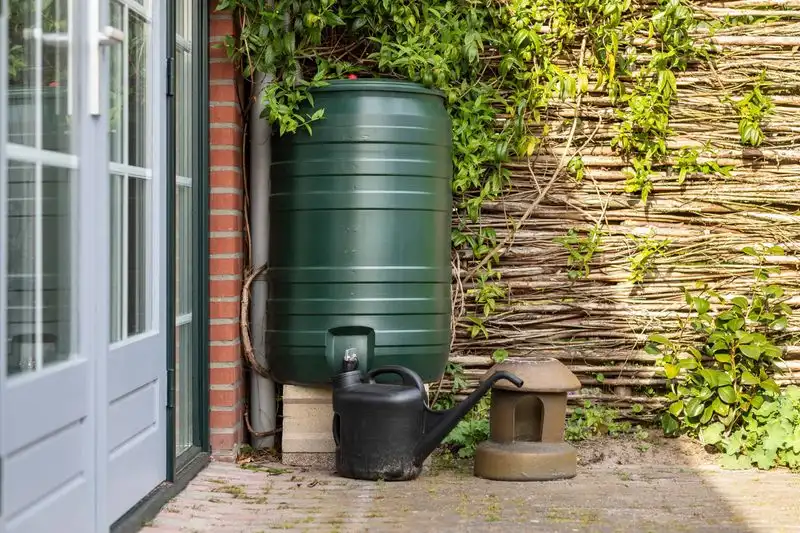
Collect rainwater for a sustainable garden. Install a barrel under your gutter to capture every drop. This method reduces water bills and conserves a vital resource. Rainwater is free from chemicals found in tap water, making it ideal for plants. Investing in a rainwater collection system is both economical and eco-friendly. Set up is straightforward and can be customized to fit any garden size. Use collected water for irrigation, washing tools, or cleaning produce. Embrace this age-old practice to make your garden greener. Every drop saved contributes to a healthier planet.
Use Native Plants
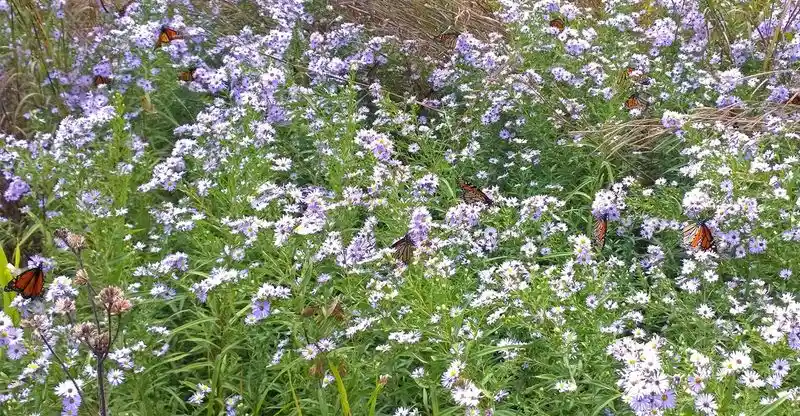
Native plants are a gardener’s ally. These species are adapted to your region’s climate and thrive with minimal care. They require less water, reducing the need for irrigation. Native plants offer habitats for local wildlife, supporting biodiversity. By choosing natives, you create a garden that flourishes naturally. Explore local nurseries for a selection that suits your landscape. Each plant tells a story of resilience and adaptation. Watch your garden transform into an ecosystem that requires less work and rewards you with its vibrant presence. Nature knows best, and native plants prove it.
Plant a Bee Garden
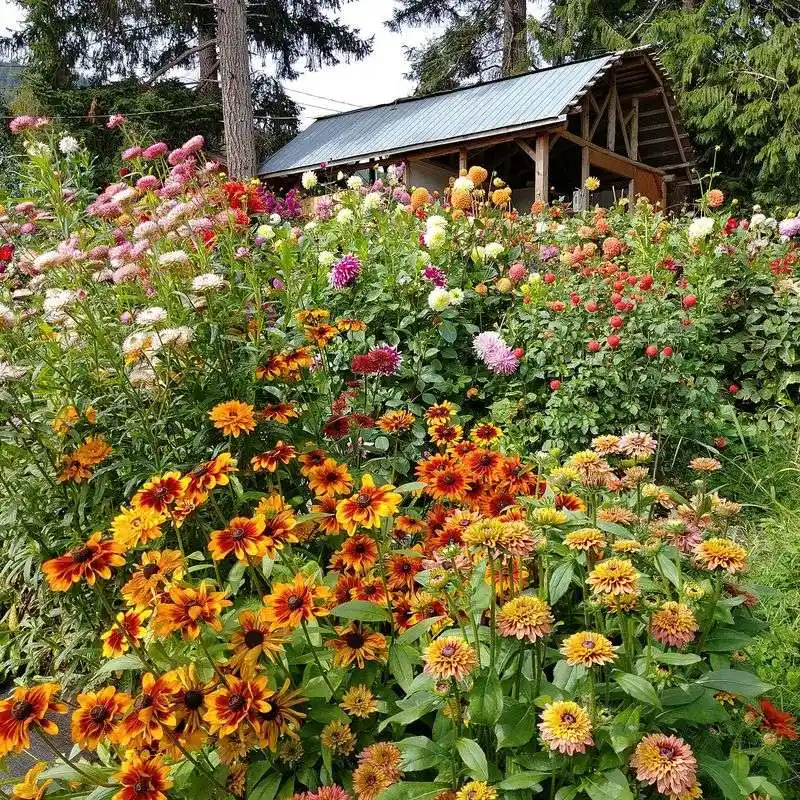
Invite pollinators into your garden by planting a bee-friendly oasis. Use a mix of flowers that bloom throughout the seasons, providing continuous food sources. Bees play a crucial role in pollination, and their presence boosts plant health and productivity. Select flowers in blues and purples, as these colors attract bees. Ensure your garden offers a variety of shapes and sizes, accommodating different bee species. This harmonious relationship benefits both the environment and your garden’s growth. Cultivating a bee garden invites delight and ecological balance, buzzing with life and vibrant blooms.
Make Your Own Mulch
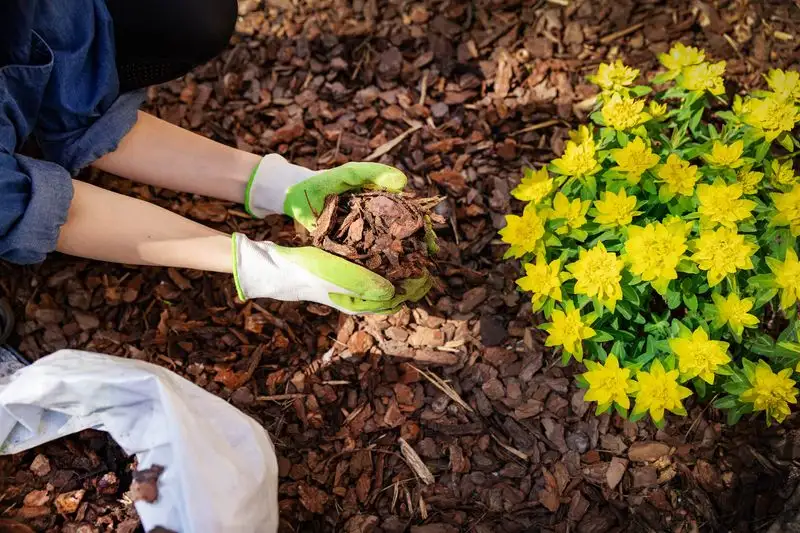
Transform garden waste into mulch. Gather leaves, grass clippings, and small branches to create a moisture-retentive blanket for your plants. Mulch reduces evaporation, controls weeds, and enriches soil as it decomposes. Making mulch is an easy process. Shred materials using a lawnmower or by hand, then spread evenly. This homemade solution saves money and resources. It also adds a natural aesthetic to your garden. By recycling organic matter, you contribute to a sustainable gardening cycle. Let nature do the work, protecting and nourishing your plants with minimal effort.
Grow Your Own Herbs
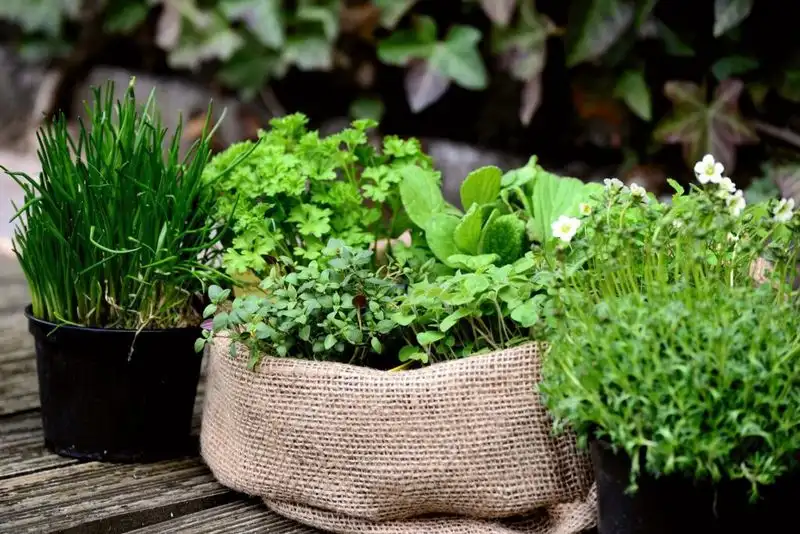
Cultivate culinary delight with homegrown herbs. From basil to rosemary, these plants are easy to grow and require minimal space. Herbs thrive in pots or small patches, offering fresh flavors at your fingertips. Growing your own reduces packaging waste and pesticide use. Plus, herbs attract beneficial insects to your garden. Clip fresh sprigs for cooking or drying, infusing meals with home-grown goodness. Each herb contributes its unique aroma and taste, enhancing your culinary creations. This practice is both rewarding and sustainable. Enjoy the satisfaction of a homegrown harvest every day.
Adopt Organic Gardening Practices

Embrace organic gardening for a healthier environment. Ditch synthetic pesticides and fertilizers, opting for natural alternatives. Homemade sprays, like neem oil or garlic solution, deter pests without harming beneficial insects. Organic compost and manure enrich the soil, promoting plant health. This approach fosters a balanced ecosystem, supporting biodiversity. Transitioning to organic practices requires patience and observation, but the rewards are plentiful. Your garden will thrive, free from harmful chemicals, providing safe produce for you and your family. Organic gardening respects nature’s wisdom, offering a path to sustainable growth.
Use Companion Planting

Harness nature’s synergy through companion planting. Certain plant combinations naturally repel pests or enhance growth. For example, marigolds deter nematodes when planted with tomatoes. Companion planting encourages biodiversity and reduces chemical reliance. Choose plant partnerships that complement each other, promoting a balanced garden ecosystem. This method is rooted in traditional farming practices, celebrated for its effectiveness. As you plan your garden layout, consider these beneficial alliances. Companion planting enriches soil, improves yields, and fosters a harmonious garden environment, where plants thrive together, naturally supporting one another.
Create a Wildlife Habitat
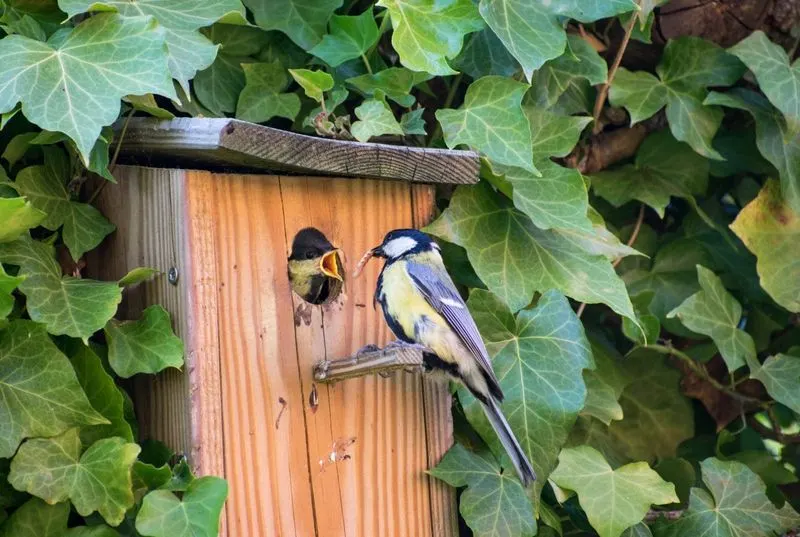
Invite wildlife into your garden with thoughtful habitat creation. Birdhouses, water features, and native plants attract diverse species. Providing food, water, and shelter supports local ecosystems. A garden teeming with life enhances biodiversity and ecological balance. Small actions create a big impact. Observe visiting birds, butterflies, and beneficial insects. Their presence indicates a healthy garden environment. Wildlife habitats offer endless fascination and educational opportunities for all ages. By creating a sanctuary, you contribute to conservation efforts, enjoying a dynamic, living landscape that thrives with minimal intervention.
Practice No-Dig Gardening
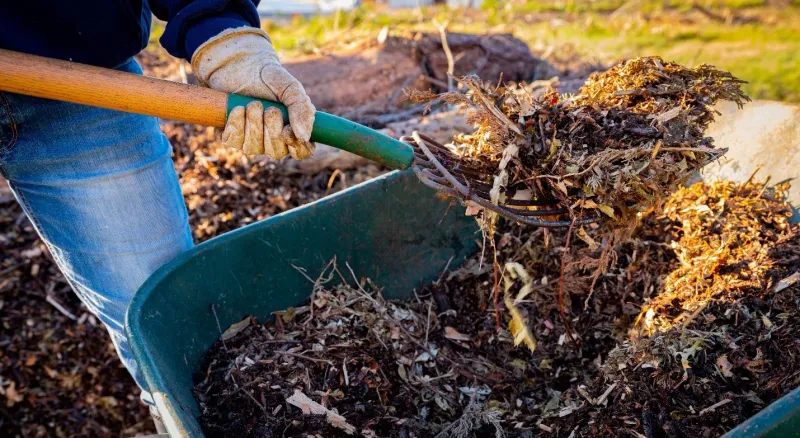
Adopt the no-dig gardening method for minimal disruption. This technique preserves soil structure and enhances fertility. Instead of tilling, add layers of compost and organic matter on top. This approach reduces erosion and maintains healthy soil microbiomes. Plants thrive in undisturbed soil, developing strong root systems. No-dig gardening saves time and effort, making it accessible for all. As soil health improves, so does plant resilience and productivity. This gentle method fosters a thriving garden ecosystem, respecting natural processes. Embrace a hands-off approach with rewarding results, nurturing a bountiful harvest.
Build a Vertical Garden
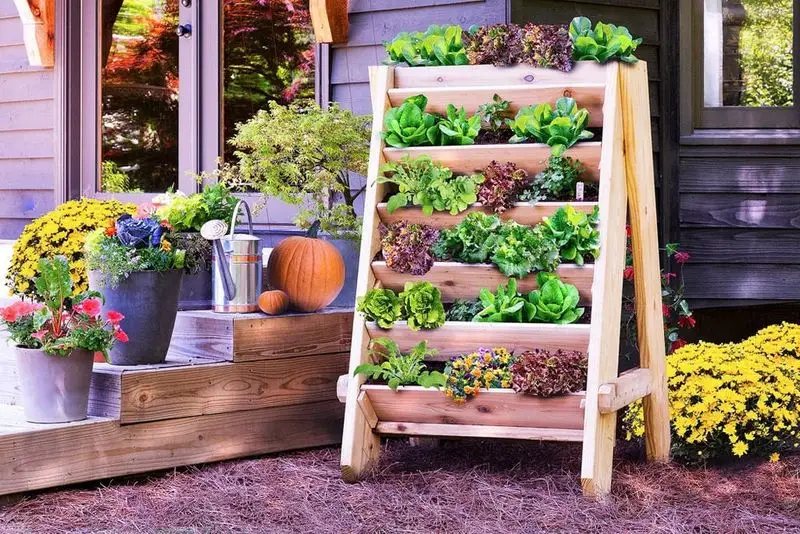
Maximize space with a vertical garden. Perfect for small areas or urban settings, vertical gardening uses walls or structures to grow upwards. This technique increases planting space, ideal for herbs, vegetables, and flowers. Create a living wall with stacked pots, hanging planters, or trellises. Vertical gardens improve air quality and offer insulation benefits. They’re visually appealing, adding greenery to compact spaces. This innovative method allows you to garden in tight quarters, bringing nature closer. Vertical gardening is versatile, stylish, and environmentally friendly, transforming even the smallest area into a thriving garden sanctuary.
Recycle and Upcycle Garden Materials

Breathe new life into old items by recycling and upcycling. Turn forgotten objects into unique garden features. Use old tires as planters or transform wooden pallets into raised beds. This creative approach reduces waste and personalizes your garden. Each upcycled item tells a story, adding character to your outdoor space. Explore local thrift stores and garage sales for potential garden treasures. Upcycling is not only cost-effective but also environmentally conscious. It encourages a mindset of reusing and repurposing, making gardening an expression of creativity and sustainability. Let imagination lead the way.
Limit Lawn Area
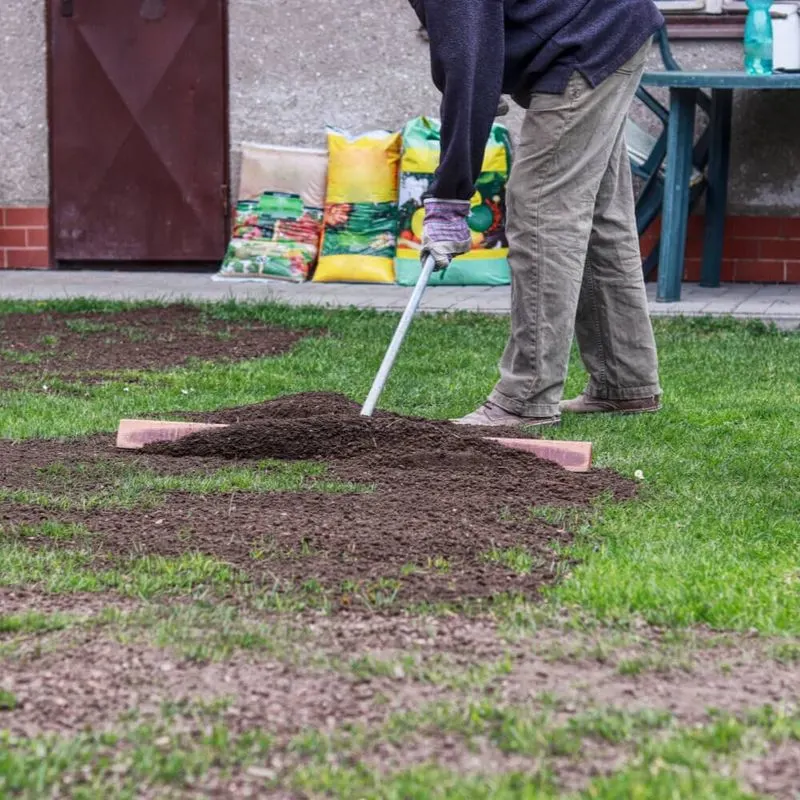
Reconsider the traditional lawn to conserve resources. Reducing grass area minimizes water usage and maintenance. Replace sections of your lawn with flower beds, vegetable patches, or native plants. These alternatives enhance biodiversity and create visually interesting landscapes. Lawns demand significant upkeep, while diverse plantings offer ecological benefits. Enjoy lower utility bills and less mowing time. A smaller lawn encourages outdoor activities and garden exploration. By reimagining your landscape, you contribute to sustainability and create a more engaging space. Discover the joys of a lawn-less garden, vibrant and full of life.
Install Solar-Powered Garden Lights

Illuminate your garden sustainably with solar-powered lights. Harness sunlight to power your outdoor lighting, reducing electricity consumption. Solar lights are easy to install and require minimal maintenance. They charge during the day and automatically light up at night. Position them along pathways, around patios, or among plants for a magical glow. This eco-friendly choice enhances garden aesthetics and safety. Solar lights are available in various designs, complementing any garden style. Enjoy a well-lit garden while conserving energy. Let the sun guide your way, offering an enchanting garden experience without environmental impact.
Caring for Your Soil
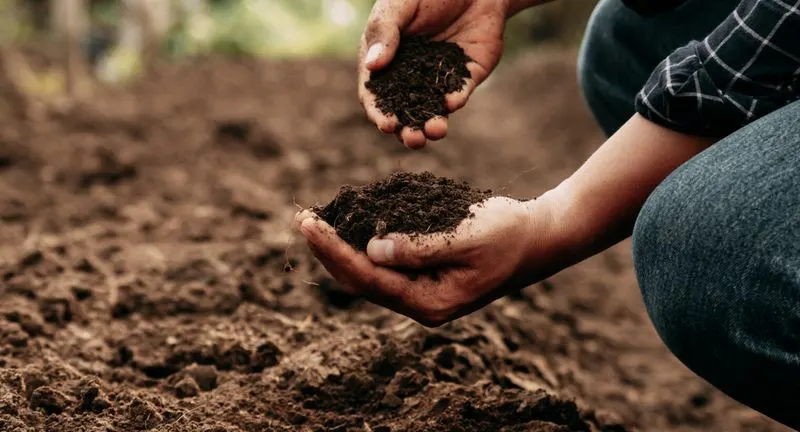
Healthy soil is the foundation of a thriving garden. Regularly test soil to understand its needs. Amend with organic matter to improve structure and nutrient content. Rotate crops to prevent nutrient depletion and reduce pest buildup. Soil care fosters robust plant growth and resilience. Each step you take nourishes the ecosystem below. By investing time in soil health, you cultivate a garden that flourishes naturally. Healthy soil supports biodiversity, essential for a balanced environment. Cherish the earth underfoot; it’s more than just dirt. Every garden begins with the ground you tend.
Use Water-Efficient Irrigation

Optimize irrigation to conserve water. Drip systems deliver water directly to plant roots, minimizing waste. This method is efficient and reduces evaporation. Timers automate watering, ensuring consistent hydration. Adjust settings based on weather and plant needs. Efficient irrigation supports plant health while conserving resources. It’s a smart investment for any gardener. Explore options to suit your garden’s layout and size. Water is precious; use it wisely. By adopting water-efficient practices, you contribute to environmental conservation. Your garden will thrive, nourished by a mindful approach to hydration.
Seed-Saving Techniques

Preserve plant heritage by saving seeds. Collect seeds from your healthiest plants to sow next season. This practice ensures plant variety and adaptation to local conditions. Seed-saving is an age-old tradition, promoting biodiversity and resilience. It’s economical and empowering, allowing you to share and exchange with fellow gardeners. Store seeds in cool, dry, labeled containers for future planting. Enjoy the satisfaction of growing plants from your own stock. Embrace this sustainable practice, connecting with nature’s cycles. Each seed holds potential, carrying the legacy of your garden forward.

